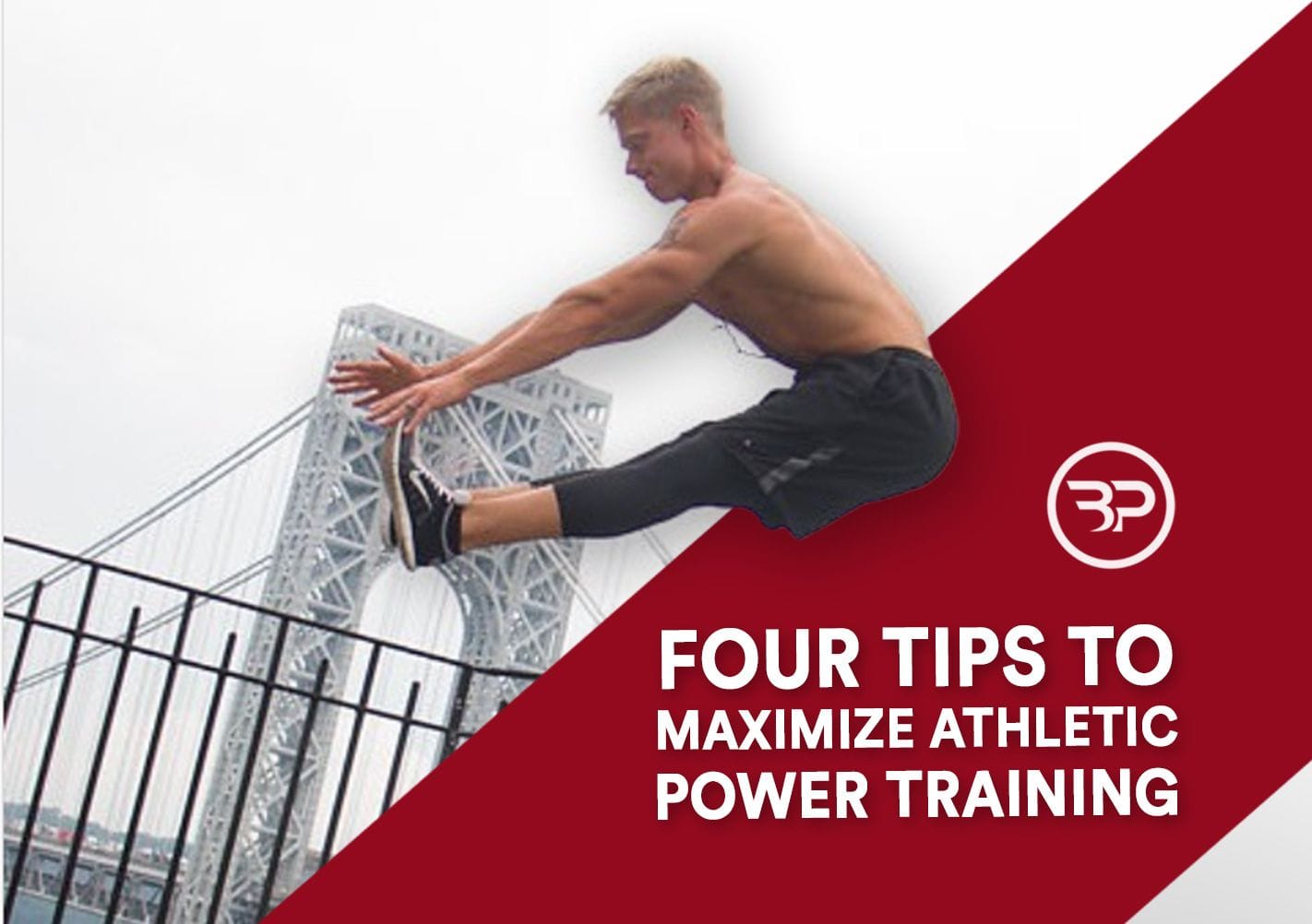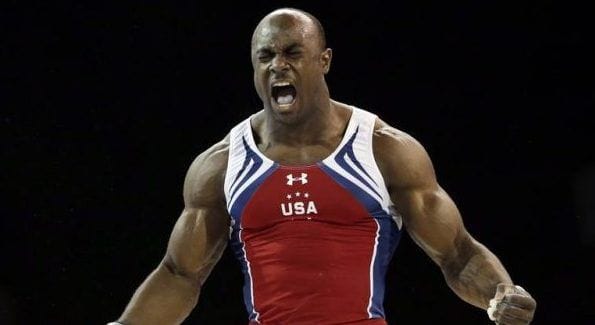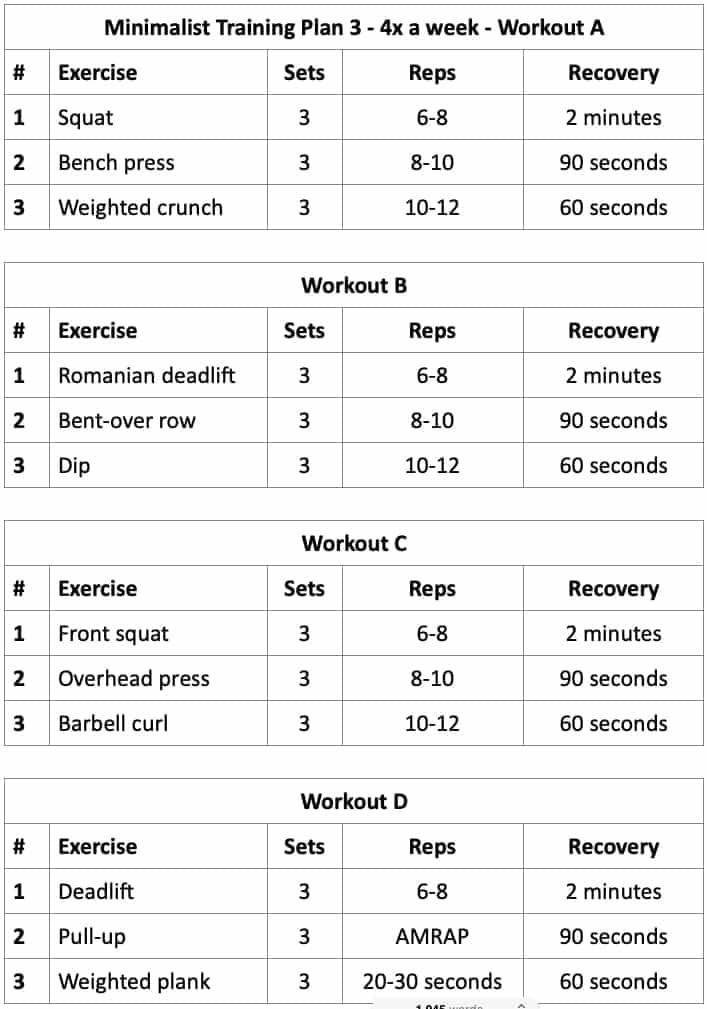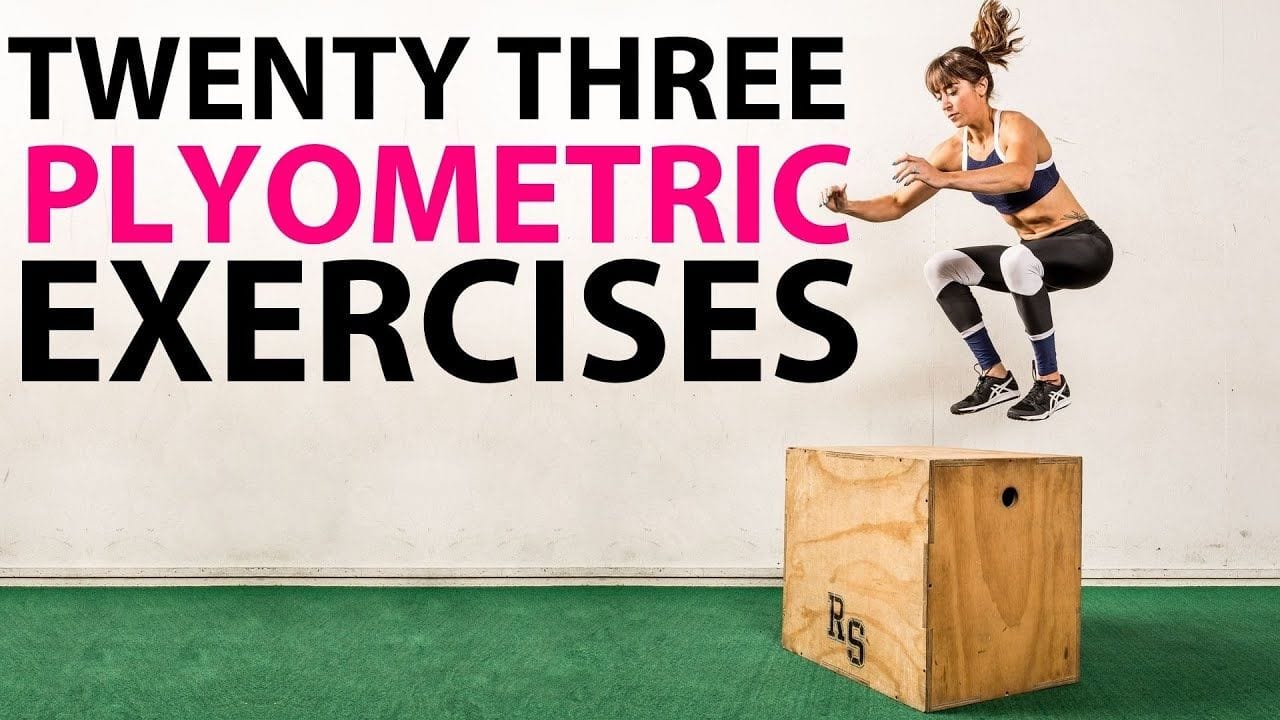
Achieving peak performance in sports requires a combination of physical and mental strength, strategy, and skill. One crucial aspect of dominating the competition is maximizing power. Power is the ability to generate force quickly, which is essential for excelling in various sports. Whether you're a professional athlete or a weekend warrior, increasing your power can significantly enhance your performance and give you a competitive edge. In this article, we'll explore five ways to maximize power in sports.
Understanding Power in Sports

Power is a critical component of athletic performance, as it enables athletes to accelerate, decelerate, and change direction quickly. In sports like football, basketball, and soccer, power is essential for explosive movements like sprinting, jumping, and rapid changes of direction. In other sports like golf, tennis, and baseball, power is necessary for generating speed and force in swings and throws.
Types of Power in Sports
There are different types of power that athletes need to develop, depending on their sport and position. These include:
Explosive power: The ability to generate force quickly, often in short bursts. Strength power: The ability to generate force over a longer period. Speed power: The ability to move quickly and generate force while in motion. Endurance power: The ability to sustain a high level of force over a prolonged period.
1. Develop a Strength Training Program

Developing a strength training program is essential for building power in sports. A well-structured program should include exercises that target the muscles used in your sport, such as the legs, hips, and core. Focus on compound exercises like squats, deadlifts, and bench press, which work multiple muscle groups at once. Incorporate plyometric exercises like jump squats and box jumps to improve explosive power.
Sample Strength Training Program
Monday (Legs): Squats, lunges, leg press, calf raises Tuesday (Upper Body): Bench press, rows, shoulder press, bicep curls Thursday (Core and Glutes): Deadlifts, glute bridges, planks, Russian twists Friday (Plyometrics): Jump squats, box jumps, burpees, jump lunges
2. Incorporate Plyometric Training

Plyometric training involves high-intensity, explosive movements that improve power and speed. Incorporate plyometric exercises into your strength training program, such as jump squats, box jumps, and burpees. These exercises will help you develop explosive power and improve your ability to accelerate and decelerate quickly.
Sample Plyometric Exercises
Jump squats: 3 sets of 10 reps Box jumps: 3 sets of 10 reps Burpees: 3 sets of 10 reps Jump lunges: 3 sets of 10 reps
3. Improve Your Flexibility and Mobility

Flexibility and mobility are essential for generating power in sports. When you have good flexibility and mobility, you can move more efficiently and generate more force. Incorporate stretching and mobility exercises into your daily routine, such as hamstring and hip flexor stretches, and exercises like leg swings and arm circles.
Sample Flexibility and Mobility Exercises
Hamstring stretch: 3 sets of 30 seconds Hip flexor stretch: 3 sets of 30 seconds Leg swings: 3 sets of 10 reps Arm circles: 3 sets of 10 reps
4. Develop Your Core Strength

Your core muscles, including your abs, obliques, and lower back, play a critical role in generating power in sports. A strong core helps to transfer force from your lower body to your upper body, enabling you to move more efficiently and generate more force. Incorporate core exercises into your strength training program, such as planks, Russian twists, and leg raises.
Sample Core Exercises
Plank: 3 sets of 30 seconds Russian twists: 3 sets of 10 reps Leg raises: 3 sets of 10 reps Bicycle crunches: 3 sets of 10 reps
5. Focus on Proper Nutrition and Recovery

Proper nutrition and recovery are essential for building and maintaining power in sports. Focus on consuming a balanced diet that includes plenty of protein, complex carbohydrates, and healthy fats. Adequate hydration and sleep are also critical for recovery and muscle growth.
Sample Nutrition Plan
Breakfast: Overnight oats with protein powder and fruit Lunch: Grilled chicken with brown rice and vegetables Dinner: Grilled salmon with sweet potato and broccoli Snack: Greek yogurt with berries and honey
Maximizing Power in Sports: A Final Thought
Maximizing power in sports requires a comprehensive approach that includes strength training, plyometric training, flexibility and mobility exercises, core strength development, and proper nutrition and recovery. By incorporating these elements into your training program, you can improve your power and take your athletic performance to the next level.
Call to Action: Share your thoughts on how you maximize power in your sport. What training methods and strategies have worked best for you? Share your experiences in the comments below.
What is the difference between strength and power?
+Strength refers to the ability to generate force, while power refers to the ability to generate force quickly.
What are some examples of plyometric exercises?
+Plyometric exercises include jump squats, box jumps, burpees, and jump lunges.
How important is nutrition for building power?
+Nutrition plays a critical role in building and maintaining power, as it provides the necessary energy and nutrients for muscle growth and recovery.